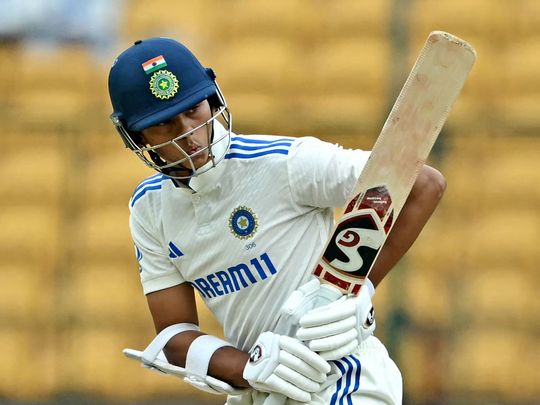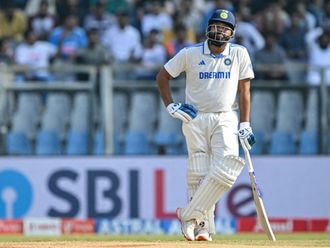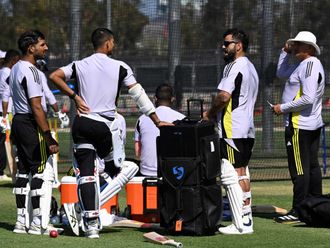
After three days of incessant rain, Rohit Sharma chose to bat first in the first Test. That too under overcast skies. Disaster followed in Bengaluru on Thursday. Did the Indian captain underestimate the New Zealand pace bowlers? Can’t be. Because India have been derailed in the past by the Kiwi seam and swing. Remember the 2021 World Test Championship final?
That was a while ago. But the bruising should still be fresh in memory. So Sharma couldn’t have underestimated them. Yet there are some parallels with the game at Southampton, England.
On both occasions, the first day’s play was washed out. That itself is enough incentive for the mediumpacers to lick their fingers in anticipation. Kyle Jamieson, Trent Boult, Neil Wagner and Tim Southee dismissed India for 217 in the first innings and 170 in the second as the Kiwis won their first major championship.
Batting practice for Australia tour?
Some reports argued that India’s decision to bat first in hostile conditions is part of preparations for the forthcoming Border Gavaskar Trophy series in Australia. That can only be a far-fetched explanation.
The ball doesn’t swing as much on Australian pitches, where the ball tends to bounce higher. To combat swing, batsmen play on the front foot while they play off the back foot in Australia to counter the steep bounce. So that argument doesn’t wash.
Sharma knows the Kiwi bowlers can be lethal in damp conditions, but he expected the Bengaluru pitch to improve after the first hour.
“[The pitch has] been under the covers for a couple of days, and we do understand it will be sticky at the start. Keeping that in mind, we wanted to put runs on the board,” the Indian captain told the host broadcaster.
Sharma’s plan flopped spectacularly as the Kiwi bowlers, particularly Matt Henry and William O’Rourke, beat the bat often and took the edges frequently. India crashed to 46, their lowest Test total at home.
A big hole, indeed. It will be difficult for India to dig their way out. That was confirmed when New Zealand finished the day at 180/3. Interestingly, the Kiwi wickets fell to spinners.
It seems to justify Sharma’s decision to pack the side with three spinners. Jasprit Bumrah and Mohammad Siraj failed to strike on a pitch where the New Zealand pacers claimed 10 wickets. Odd, isn’t it?
Just because Bumrah and Siraj didn’t get wickets doesn’t mean that Akash Deep wouldn’t have succeeded. Each bowler is different, so you can’t rule out the possibility of Deep doing a star turn. Well, he isn’t in the team.
Will spin turn the tide for India?
There are more echoes of the 2021 final, where India played three pacers and two spinners when the conditions were conducive to seam and swing. When the lateral movement bamboozled batsmen, Indian reliance on spin was ineffective. A lesson learnt! Did we?
Why did India play three spinners when the conditions favoured mediumpacers in Bengaluru? Maybe Sharma expects the conditions to improve so that the tweakers and the wrist spinner can impact the game.
But with rain continuing to interfere in the Test, mediumpace might have the final say. India could suffer an inning loss if the Kiwi pacers replicate the first innings rout. And that would be the result of some rank bad decision-making.












